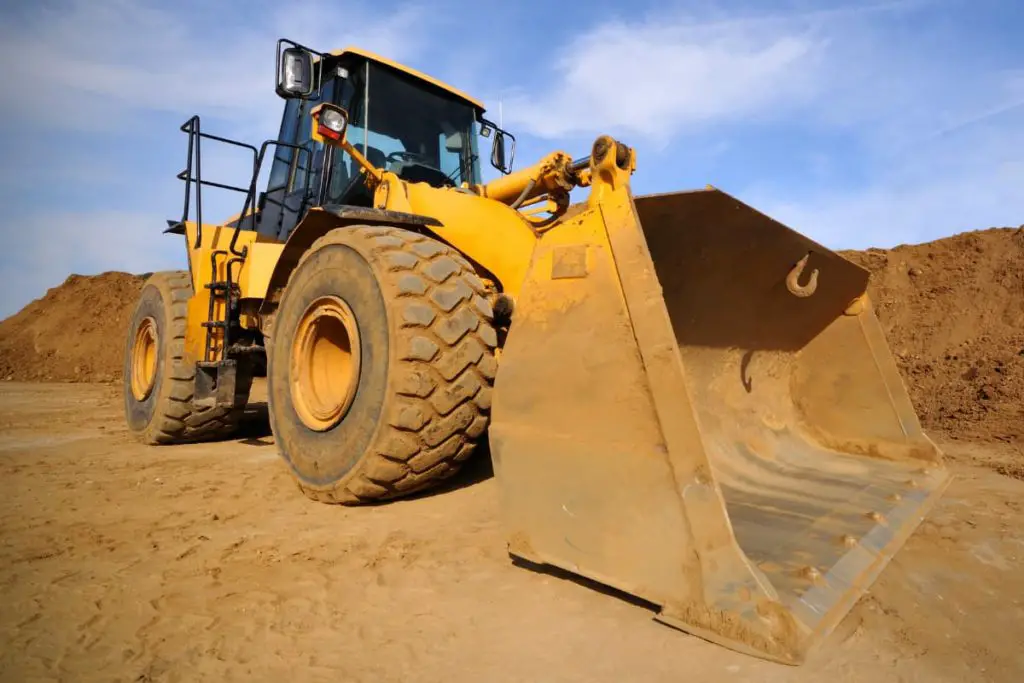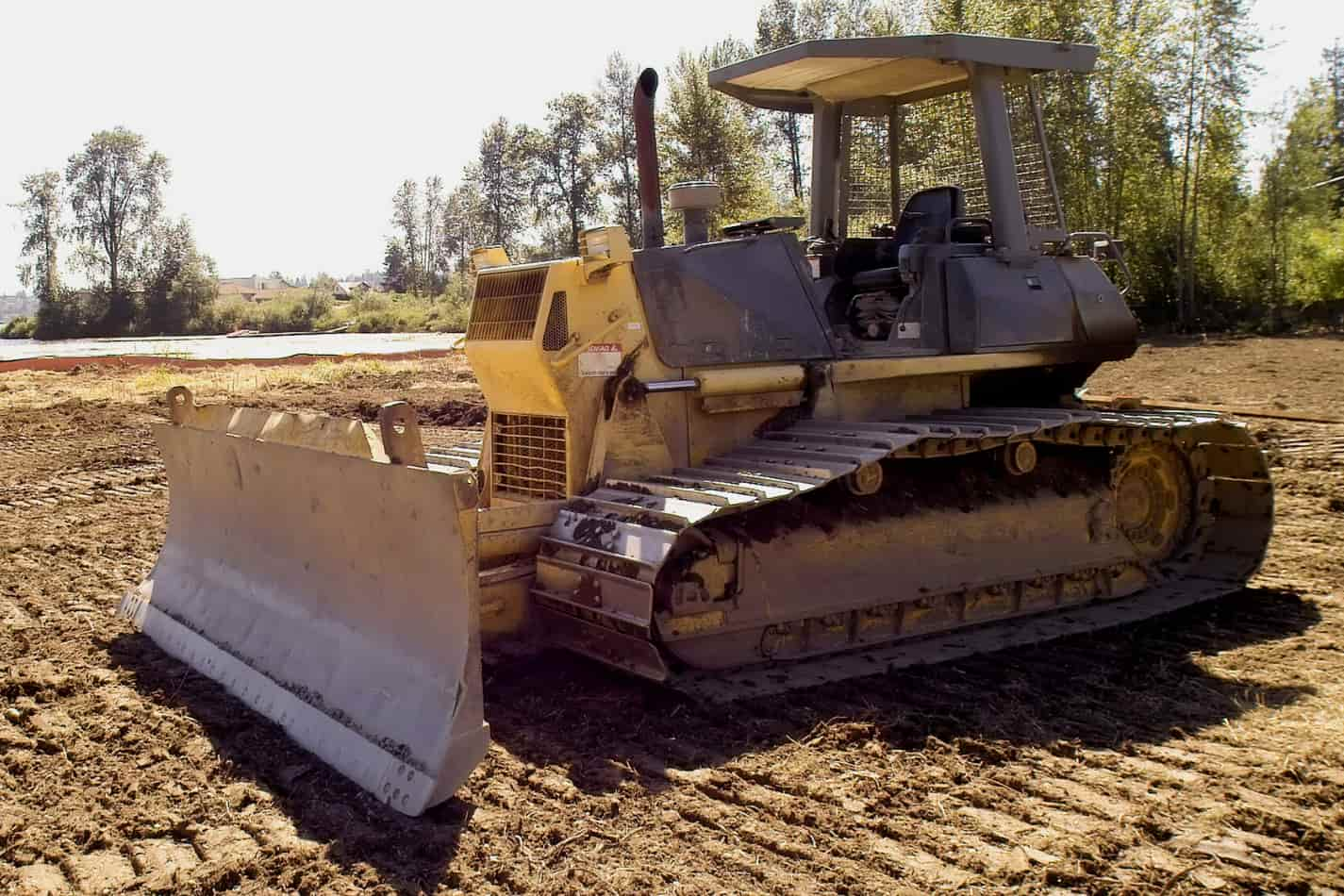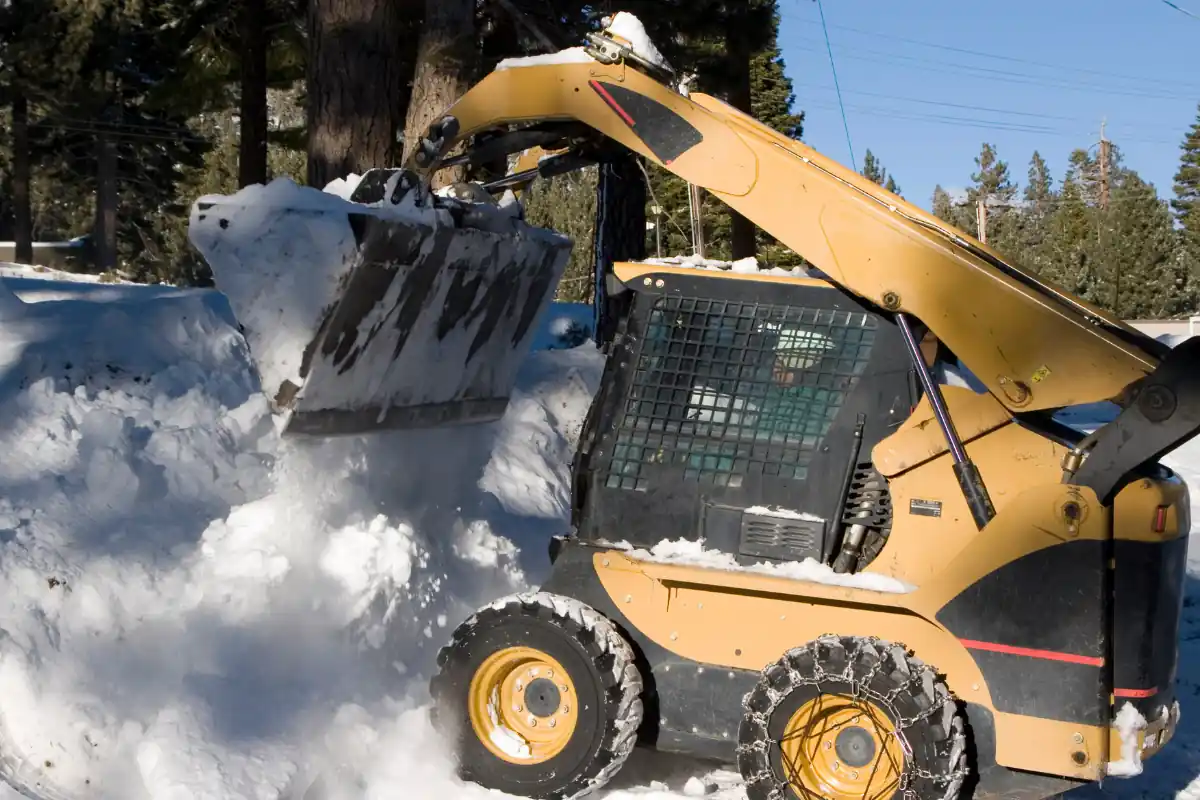We have all seen a bulldozer once in our lifetime by either walking by or near a construction site; however, it’s not common for us to know what this heavy-duty machine’s intention is. No worries, you’ve got doubts, we’ve got answers.
Before learning the given usage for this heavy-duty machine, let’s understand where it came from.

What Work Can a Bulldozer Help Me Complete?
Bulldozers can be utilized for various tasks, including construction, snow removal, forestry, and cargo transportation. Knowing how to drive a bulldozer correctly can save time and money on a project while also reducing the risk of on-the-job injuries.
When discussing the possibilities, a bulldozer will allow you to complete; we must highlight two critical parts of the machinery that will enable you to fulfill individual tasks, such as:
Rippers
Rippers are used when breaking up land so that crops can flourish and break down rock and earth to be moved.
Bulldozer Blades
The blade is the large metal plate at the front of the bulldozer that pushes and digs through materials.
What Is The Difference Between A Bulldozer And An Excavator?
Excavators are mainly used to load materials. Generally, this machine should load stuff onto trucks to transfer it over a longer distance. It’s also incredibly adaptable. You can excavate, pile, level, and carry material with a professional operator.
The digging equipment of an excavator is a boom, a stick, and a bucket. The boom is used to elevate equipment and determine how deep or high you may excavate or dump stuff.
The stick is the holder in which the bucket transports, which moves it into the material and scoops it up.
Excavators may move materials other than dirt and sand, and hydraulic excavators can be used as a crane to transport items, unlike bulldozers, since with this machine, the material can only be carried by shifting it across the ground rather than loading it onto a truck.
The bulldozer’s sole purpose is to level the ground due to the improved qualities of tracks on muddy or softer soils.
Where Did Bulldozers Come From?
Some historians credit an American named Benjamin Holt with developing the first “bulldozer” in 1904, which he called a “caterpillar” or a crawler tractor at the time. Yet, this is deceptive.
Although it is unknown who invented the first bulldozer, the blade for the bulldozer gained usage way before what we now know as tractors were introduced for widespread use.
It was made up of a frame with a blade at the front into which two mules were hitched. The mules would drive the edge into a heap of dirt dumped by a cart, spread it around, and then push it over a bank to fill a pit or gully. The phase when you wanted the mules to back up for the following push was the most enjoyable.
Bulldozers were once employed throughout the world to move dirt, and horses drove them on farms. The blade attachment’s actions were limited at first, as it couldn’t be raised, dropped, or tilted.
After hydraulic cylinders were installed to generate power down-force instead of relying solely on the weight of the blade, the aptly termed “bulldozer” was born. The name had previously only referred to the attaching device.
Why Is It Called A Bulldozer?
In the 1880s, a “bull-dose,” or dose for a bull, was a significant and adequate amount of medicines or punitive measures in the United States.
Bulldozing was a term used towards the end of the nineteenth century to describe tremendous force to push back any impediment. Later on, the term refers to the vehicle.
A dozer is a machine that is used to move dirt and other materials around. The bull portion of the term signifies a massive heavyweight beast capable of doing a tremendous deal of demanding work. As a result, it’s an apt moniker for such a device.
How Does It Work?
The bulldozer possesses big, heavy blades that push the material in the front. Some include extra features like rippers at the back to assist break up the rough terrain.
The continuous tracks on most bulldozers are the key to their uniqueness. The track configuration of a dozer allows it to float over the soft ground by dispersing the machine’s weight over the tracks.
It can successfully operate in areas where a piece of wheeled equipment would either struggle to maneuver or become trapped.
Types of bulldozers
Bulldozers come in a variety of sizes and configurations to handle a variety of job site tasks. When choosing a bulldozer, consider the terrain you’ll be working on, the type of project, among other things.
The correct machine is also critical for your project’s productivity and safety. They are also available in a variety of sizes to accommodate any power or handling needs. Main types of bulldozers:
Crawlers
A crawler is also known as a tracked bulldozer and resembles a tractor in appearance. This heavyweight is ideal for transporting bulky items from one location to another.
It travels on tracks, which give it more grip and keep it from sinking into softer surfaces like loose mud or sand. Rippers on more significant crawlers help with crushing and clearing dense terrain.
Wheel dozers
A tire bulldozer is another name for this machine. These dozers, opposite to their crawler counterparts, rely on wheels to navigate about the job site.
Crawlers are small-scale, slower, and less maneuverable than wheel dozers. Therefore, they’re better suited to high-performance tasks.
Mini dozers
A compact bulldozer is another name for this smaller bulldozer. The smallest bulldozer variants are perfect for working in tight spaces where larger, bulkier equipment isn’t allowed.
This machine can perform well in various operations that involve grading and clearing lots because of its tiny size.
They’re frequently the smartest choice for work sites that require maximum agility and flexibility. Sloping, residential lot clearing, backfilling, and grading work are all common uses.
In addition to the three main ones, there are also bulldozers of straight blades that have a shorter edge with no side wings and are best used for fine-grained and tense or complex material.
We can’t leave to mention the universal blade, also known as the “u-blade,” this type of bulldozer has large extended side wings and a curved shape that makes it perfect for moving material across vast stretches of land. Both of these blades, the straight and u-blade, both attach to the lower back end.
Conclusion
Regardless of whether we want to admit it or not, after reading this article, the bulldozer deserves more credit for its features and the way it allows specific construction ideas to come to life.
This machinery has an extended repertoire of capabilities and comes in different options that vary in size and range to propel endless creative possibilities.
Bulldozers are essential in many industries, including construction, mining, and forestry, to name a few. It’s little surprise that they’ve remained popular since the original prototype was produced, with so many attachments available to expand their capabilities.





